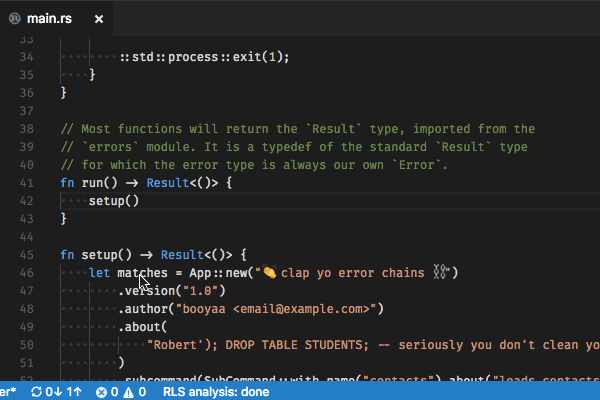
- Sudo definition programming install#
- Sudo definition programming password#
- Sudo definition programming download#
Since sudo can pretty much do everything that su can, I would say it is best to stick with sudo unless you are working with some legacy codes that require the su command.Elevate - "executes a command with UAC privilege elevation.
Sudo definition programming password#

The ( -) switch provides you with root's environment (path and shell variables) rather than simply giving you root user power for a single command while keeping your own environment. In the above example, you are switching to root and you need the root password. Most often, the user account you switch to is the root account but it can be any account on the system. You are basically switching to a particular user and you need the password for the user you are switching to. Su, on the other hand, is an acronym for switch user or substitute user. The theory behind using sudo is that the act of issuing the sudo command before any command you run makes you think more about what you're doing and hopefully make fewer mistakes with an account that possesses unlimited power.

Sudo definition programming download#
Download RHEL 9 at no charge through the Red Hat Developer program.You will be asked to type your password, and then you can run the command if you are a part of the sudo group.Ī simple way to switch to an interactive session as a root user is the following: $ sudo -i
Sudo definition programming install#
Instead, if you run this command: $ sudo dnf install nginx For example, if you want to install the Nginx package, you run: $ dnf install nginxīut you will see an error if you are not root or in the sudo group.

To continue running commands with root power, you must always use the sudo command.

Depending on your settings in the /etc/sudoers file, you can issue single commands as root or as another user. Sudo, which is an acronym for superuser do or substitute user do, is a command that runs an elevated prompt without a need to change your identity. As you can imagine, errors made as the root user can be irreversible and devastating. And, unlike other more chatty operating systems, you won't see a, "Are you sure?" dialog to be sure that the rm -rf * command you just issued was in /opt/tmp rather than at /. It is the all-powerful administrative account. Change the permissions of any or all filesīasically, you can do anything to the system as the root user.Working as root means that you have the power to: Why? Because becoming root with su means that you are root, which is the same as logging into a terminal as the root user with root's password. Becoming root permanently with su is a well-known 'no-no' in the *nix universe. You can also watch this video to learn about these commands. This article explores the differences between the sudo and su commands in Linux.


 0 kommentar(er)
0 kommentar(er)
